India’s Oldest Tour Guide, This 94-YO Mumbai Woman Fought Alongside Netaji in INA
“I yearned for my mother’s lap, cried myself to sleep every night, and dreaded the mornings. But Netaji said this is just the beginning. Desh ki ladai main jaana hai toh himmat rakho,” says Rama Khandwala.
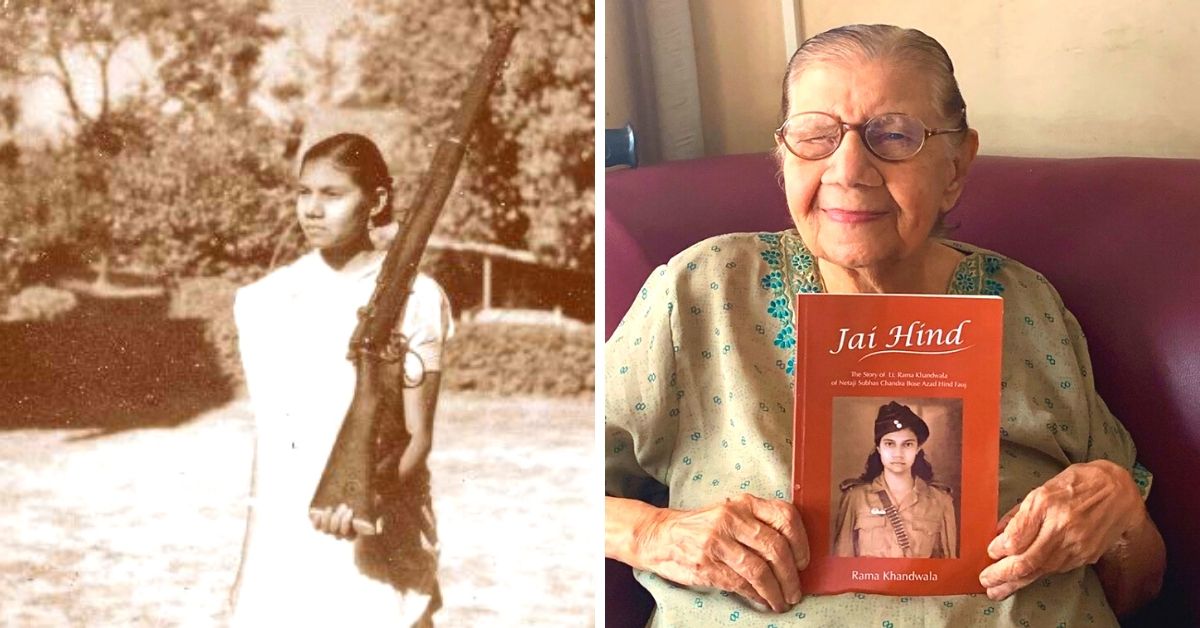
The year is 1943. A hospital in Rangoon, Myanmar.
Rama Khandwala runs from room to room, trying to stop the blood from a fatal stomach wound, cleaning around the raw stump of an amputated leg, feeling the pulse of the dying. Her hands steady, her mind torn, and her heart in tatters.
She knew it was a lost cause. She could not save all these wounded soldiers of the Azad Hind Fauj.
“Give my aakhri sandesh (last message) to my family,” a soldier soaked in blood tells Rama. A gasp of breath and life goes out of his eyes. Rama sends a prayer for his soul and moves on.
A second later, she glances up at the ceiling as the loud sounds of enemy airplanes fill the room. BOOM.
Everything is debris within seconds. Her vision blurred, ears numb, and mind blank, Rama emerges from the rubble and analyses her surroundings. All she could see were dead bodies.
That was the final straw.
The woman with nerves of steel breaks down and cries uncontrollably at the loss of so many lives.
Rama, who went on the become Indian National Army’s (INA) Second Lieutenant, recounts her first near-death experience with The Better India.
“I still recall a soldier saying, ‘Behenji, muje jald se jald theek karo taaki main desh ke liye phir se apna balidan de saku‘ (Sister, cure me quickly so that I can fight for my nation again),” 94-year-old Rama tells me sombrely.
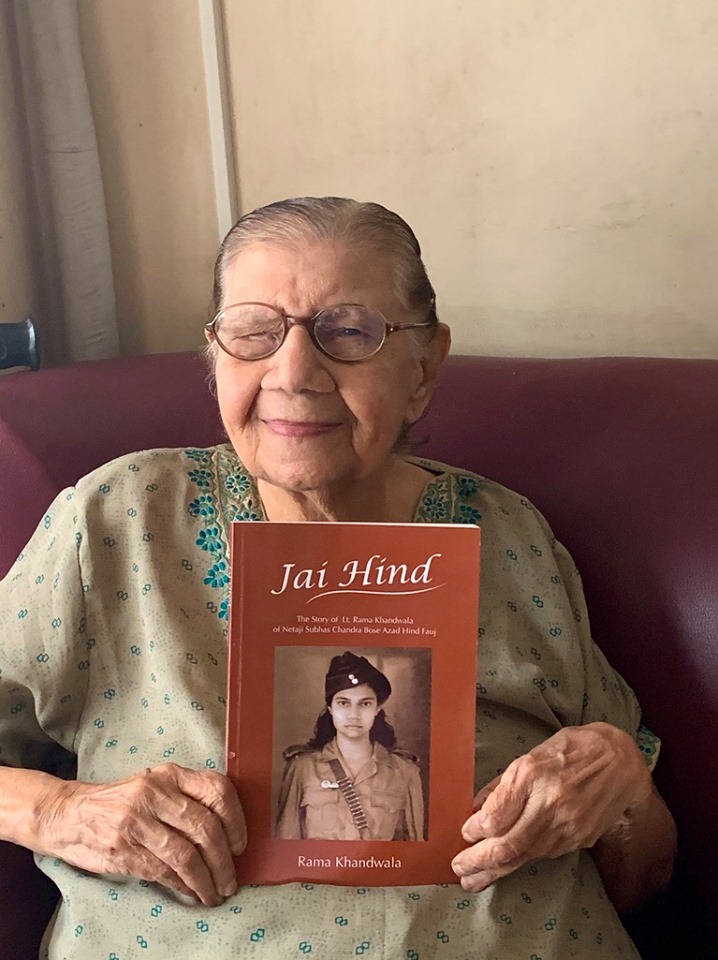
“The incident was overwhelming as I became mature overnight. One day, I was a pampered child from an affluent family. The next day, I was sleeping on the floor with no pillows and fighting for India’s independence,” says Rama, who gave her blood and sweat to fight alongside Netaji Subhas Chandra Bose.
The nonagenarian remembers her stint with the INA and believes that the tragic incident introduced her to the purpose of her life–to help India attain Independence.
And when that was achieved, she found another–being a tour guide for over five decades for which she won a national award. Having a mission keeps her enthusiasm intact, she says.
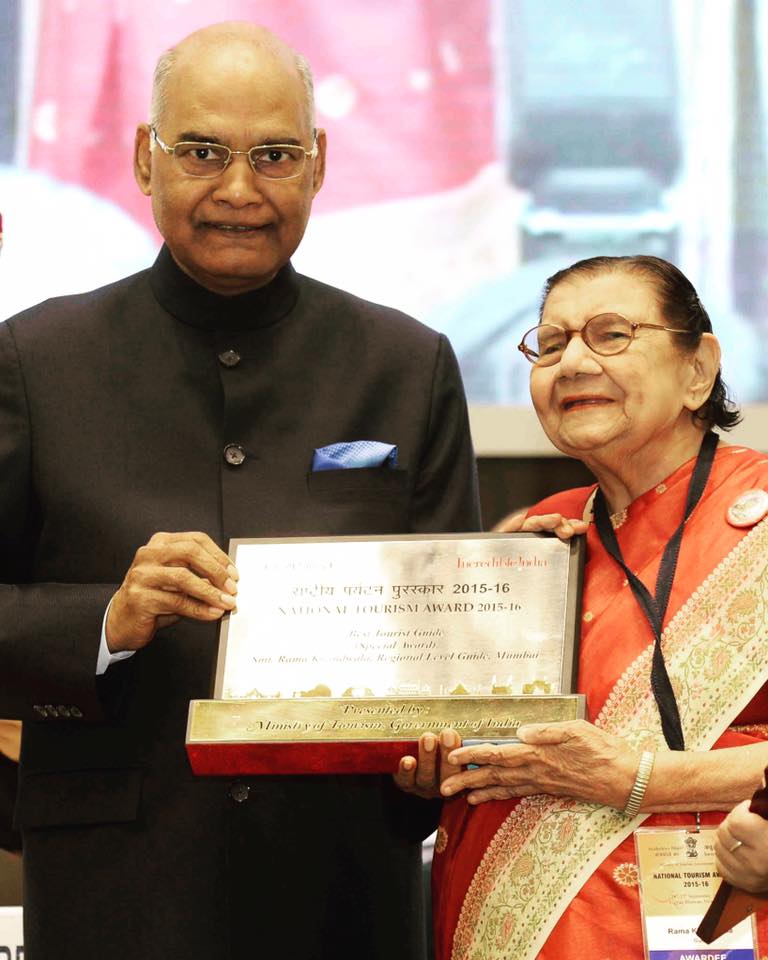
Presently, the fiery freedom fighter’s mission is to learn how to operate WhatsApp, “Excuse me for blocking you instead of responding to your text. I bought a smartphone only last year. But soon, I will conquer this green icon and probably even video chat with you,” she giggles.
As she tells me about that incident, I cannot help but wonder how she witnessed India’s transition over nine decades. From leaving secret notes in the jungles of Rangoon, learning Japanese to communicate with soldiers, and being a tour guide for foreign nationals, lifting heavy rifles in youth to lifting people’s spirits at 94 through her speeches, Rama’s life is anything but ordinary.
She moved to Bombay (now Mumbai) in 1946, and is probably the last living member of INA’s Rani of Jhansi Regiment.
On Fighting India’s War of Independence

Born as Rama Mehta on 3 December 1926 in Rangoon, Burma, she hailed from an affluent family. Being a close aid of Mahatma Gandhi, her grandfather was instrumental in building his ashram in Gujarat.
The Khandwala family moved to Rangoon to set up a business along with other Indian settlers. Meanwhile, her mother was a part of the Indian Independence League and a recruiter at INA, founded by Rash Behari Bose in 1942 in Southeast Asia.
Rama completed her schooling from a private school and, in 1943, joined INA’s Rani of Jhansi regiment along with her sister. It was led by legendary Captain Laxmi Sehgal.
The first two months were a nightmare, recollects Rama, “I was forced to sleep on the floor, eat bland food, and workout for hours without any rest. I yearned for my mother’s lap, cried myself to sleep every night, and dreaded the mornings. But once I made friends and understood the larger motive, I started enjoying the training.”
Her days began with flag hoisting, parades, and boiled chana. They were trained in defence, attack, rifle shooting, stun gun, machine gun, and bayonet fighting in heavy rains and soaring temperatures.
Evenings were reserved for songs and patriotic plays, entertainment that acted as a morale booster. “Irrespective of rank, everyone was treated like a soldier. All of us had additional duties of cleaning, cooking, and being the night watcher, on rotation,” she adds.
Interestingly, Rama’s first encounter with Netaji was when she was manning their seven-acre hideout one night.
She fell inside a manhole and was severely injured. She was taken to the hospital where Netaji saw a young girl bleeding profusely who was unwilling to shed even a drop of tear. With no antibiotics, Rama was in pain but maintained her calm throughout. Impressed by her, the bespectacled Bose gazed at her solemnly and said:
“This is just the beginning, you will face worse challenges. Desh ki ladai main jaana hai toh himmat rakho. (If you want to join the fight for the nation’s freedom, you will have to be brave.) Get well soon and resume your duty.”
These words of encouragement from her idol not only made her fearless but also moistened her eyes. For the next couple of years, the braveheart fought against the British by aligning with the Japanese military.
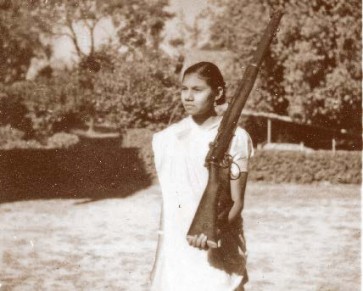
Discipline, punctuality, and commitment to her nation became a priority. She was quickly promoted to the platoon commander, leader of the Rani of Jhansi regiment, and Second Lieutenant.
“Now that I look back at my life, I think my stint with INA was the happiest and liveliest part. ‘Do or die’ was not just a war cry but the crux of my existence. I learned all my life lessons from Netaji, who would always say aage badho. His speeches made me confident and positive. He helped us control our tempers and guided us towards inner peace. Losing happiness is not worth anything, he would say. These lessons made me who I am today,” recalls Rama, her memory sharp as a razor.
“Tum mujhe khoon do, main tumhe azadi doonga“, Netaji Bose’s words, imploring youth to join the fight for India’s freedom, are immortal. Asking blood for freedom, these words resonate with Rama even today. And why not, she soon became second in command to Bose himself.
But when the INA lost to the British, she was caught and put under house arrest in Burma. A few months later, she went to Bombay and saw her dream of India’s independence come true. She got married and started her second innings.
On Being A Tour Guide for 50 Years
#NationalTourismAward winner Smt Rama khandwala of #Mumbai speaks exclusively to @micnewdelhi after receiving award from #PresidentKovind pic.twitter.com/693QgDkSh1
— MAHA INFO CENTRE (@micnewdelhi) September 27, 2017
Rama, who was awarded the National Tourism Award, started her career with a private firm as a secretary before becoming a tour guide. Although India’s first home minister, Sardar Vallabhai Patel, requested her to join politics, she refused because she was disturbed by Netaji’s alleged death in a plane crash, and decided to stay away from politics.
A quirky advertisement in a newspaper caught her attention. It was something like, ‘We want people to represent India as tour guides’.
“Even after independence, the zest to do something for my country remained. I wanted to educate foreigners about the real India, our leaders, society, food, customs, and heritage. I was fluent in Japanese, so I hopped on to this new journey,” she says.
Rama may have forgotten how many international tourists she hosted, but she surely remembers all of them. Lessons from INA came handy, and in her entire career, she has been late only once, and that too because of the rains.
“Tour guides are the unofficial ambassadors of India. A tourist will see and understand our country from our eyes. I would always welcome them as tourists but bid them goodbyes as friends,” says Rama, who has visited several countries after being invited by her international friends.
She retired only two years ago and is probably the oldest tour guide in India. Even though she is a veteran in her field, she never said no to any travel agent when it came to hosting someone.

Rama enjoyed her work so much that she would often end up doing extra shifts or dedicating spare time to provide the best experience. She never took any of her tourists for granted. And being in the tourism industry for over 50 years, she has seen it transition. While problems like traffic and population explosion sometimes made it difficult for her to organise sightseeing trips, technological advancements made other things like communication easier.
When asked why she retired, she says, “It has nothing to do with my age. I wanted to pass the opportunity to the young generation. I have lived a full life.”

So at 94, does Rama have any regrets?
“No,” she quickly jumps in, “But I do have many things in my bucket list like being tech-savvy. I want to read more books, watch more documentaries. There is so much to do in life but so little time.”
Not willing to be idle at home, Rama teaches Japanese and remains highly interested in political affairs. Currently, she is reading The Conquest of Mind by Eknath Easwaran. On weekends, she cooks noodles and pasta.
And throughout her 90+ years, she never let anyone dictate her life, and even now, she doesn’t let age come in her way.
On a parting note, her only message to me is to continue contributing to the development of the country.
“Our leaders had big dreams for the country while fighting the war of Independence. Sadly, though we attained freedom, things like corruption, discrimination, hatred over trivial things, are bringing us down. We need to remember true nationalism and breathe patriotism again.”
(Edited by Shruti Singhal)
Images courtesy: Bina Cline, Rama Khandwala’s daughter.
Like this story? Or have something to share?
Write to us: [email protected]
Connect with us on Facebook and Twitter.

Similar Story
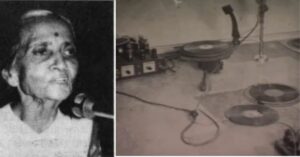
When a 22-YO Ran a Secret Radio Station for India’s Freedom: Usha Mehta’s Biopic
In the upcoming biopic Ae Watan Mere Watan, actor Sarah Ali Khan will essay the role of freedom fighter Usha Mehta, who ran a secret radio station at a crucial point in India’s freedom struggle.
Read more >
If you found our stories insightful, informative, or even just enjoyable, we invite you to consider making a voluntary payment to support the work we do at The Better India. Your contribution helps us continue producing quality content that educates, inspires, and drives positive change.
Choose one of the payment options below for your contribution-
By paying for the stories you value, you directly contribute to sustaining our efforts focused on making a difference in the world. Together, let's ensure that impactful stories continue to be told and shared, enriching lives and communities alike.
Thank you for your support. Here are some frequently asked questions you might find helpful to know why you are contributing?


This story made me
-
97
-
121
-
89
-
167












